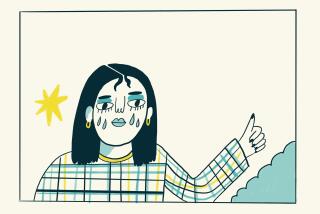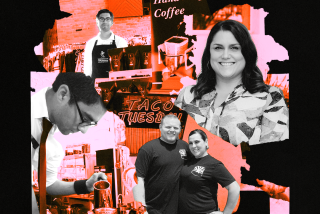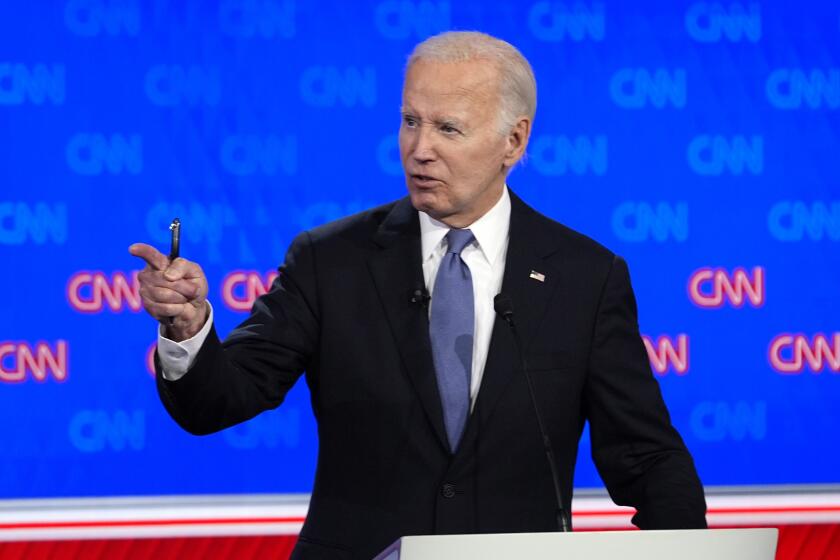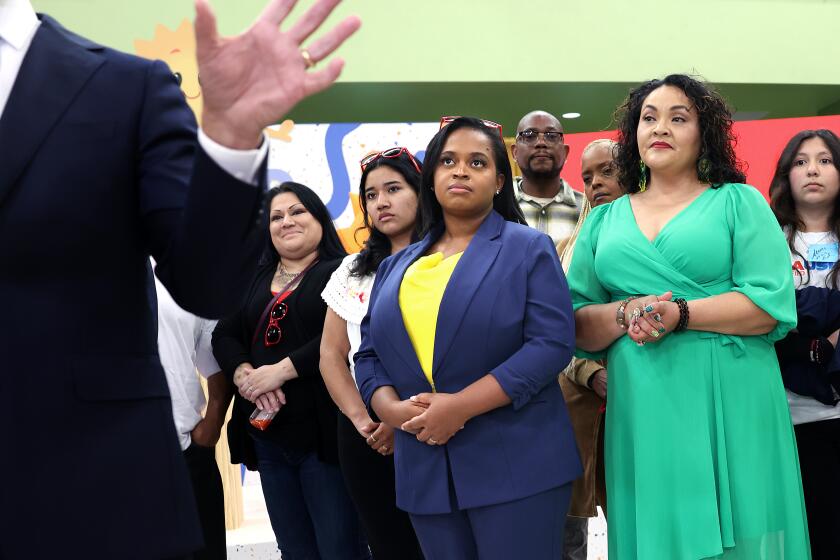The joy (or is it the hilarity?) of translation in our emoji world
It’s the year of the emoji. Or at least that’s what the Oxford Dictionary would have us believe.
That venerable arbiter of language usage has selected the “face with tears of joy” emoji as the “word” that “best reflected the ethos, mood and preoccupations of 2015.”
Which means I am, once again, a little out of sync with pop culture.
I use that emoji all the time — broad smile, closed eyes, two giant tears — but never associated it with joy. I thought it meant I’d encountered something so hilarious, I laughed until my eyes watered.
That’s the equivalent of ROTFL (rolling on the floor laughing) in the language of the acronym shortcuts that passed for cool before emoticons took over.
I feel like I’ve only just mastered them: SMH. LMAO. YOLO.
I’m finally fluent in all that. Or at least better at it than my friend Mark, who spent years thinking LOL meant “lots of love” — and believing he was way more popular than he actually was.
That’s why he’s not big on emojis; there are too many ways to be just a tad off-point and wind up either misunderstood or a laughingstock.
My iPhone emoji menu has eight separate faces with tears: They’re dripping down cheeks, pouring from eyes, posted like a bead of sweat near an eyebrow. There are smiles, frowns, closed eyes, raised eyebrows. One seems to depict a runny nose. Another has a forehead shaded blue.
Is that embarrassment, a headache or something that might be clear in Japan — where emojis originated — but doesn’t translate here?
::
I’ve become a fan of emojis for the context they provide.
A smiley face can soften a message that might sound harsh. A martini glass tacked on to an invitation is a great heads up.
But sometimes it takes me longer to choose the corresponding emoji than it does to compose the text.
I need reading glasses to tell the difference between a smirk and a grin, a closed eye and a wink. Then I have to tabulate the meaning: Decipher the subtleties of four kissy-face choices; figure out what hearts of different colors signify.
My family has its favorite, though it’s the sort of inside joke that outsiders would misunderstand: a smiley face wearing sunglasses, followed by an emoji gun.
It means things are terribly hard right now, but I intend to remain oblivious, in happy denial.
When I get that text from my daughters, I know they’re struggling but carrying on. When I send it, I get a flurry of hearts and thumbs-up emojis back. It’s our way to complain without whining — and to commiserate without butting in.
But it’s not a message I would send to anyone else. The translation is too subjective; the message too apt to be misconstrued.
That’s true for many emoji symbols and expressions. When I began poking around for a dictionary of sorts, I was surprised by how little I knew.
What I thought was a shocked expression — raised eyebrows, wide eyes — is officially labeled “hush.” And the clenched-teeth grimace that I send to convey embarrassment is officially called a “super happy smiling emoji.”
Says who?
The Unicode Consortium, a nonprofit group whose job is to label and standardize basic symbols so they can be used on computers, phones and tablets all over the world.
To show up on your phone, emojis have to pass muster with the consortium, which approves a new set every year, based on how popular and useful the candidates are likely to be.
This year they added “modifiers” to create different skin tones, in a nod to diversity.
Next year’s batch includes another long-sought add: a closed hand, with the middle finger up.
::
There are clear trends in emoji use by countries and cultures.
The French use four times as many hearts as other countries. Australia uses double the average number of alcohol-themed emojis. Spain is big on party-time symbols, but America accounts for the most birthday cake emojis.
And while Americans use more happy face symbols than the average nation, Spanish speakers in this country use sad face emojis more often than any group in the world.
Oxford chose the “tears of joy” emoji because it was the most used globally this year. I’m not sure what that means if people around the world are as confused as I’ve been.
When I went looking online for some sort of standard translations, I wound up on the website of Good Housekeeping magazine. Its “16 Emojis You’ve Been Using All Wrong” was aimed at folks like me.
The magazine felt bound to explain that the obviously reverent praying hands emoji is not a high-five sign.
And, as it turns out, I’ve been using most of the symbols appropriately.
But then that’s both the beauty and the challenge of using emojis.
They are clear enough to be considered universal but amorphous enough to force a bout of soul-searching before you hit send — and to prompt a bit of confusion on the receiving end.
More to Read
Start your day right
Sign up for Essential California for news, features and recommendations from the L.A. Times and beyond in your inbox six days a week.
You may occasionally receive promotional content from the Los Angeles Times.







